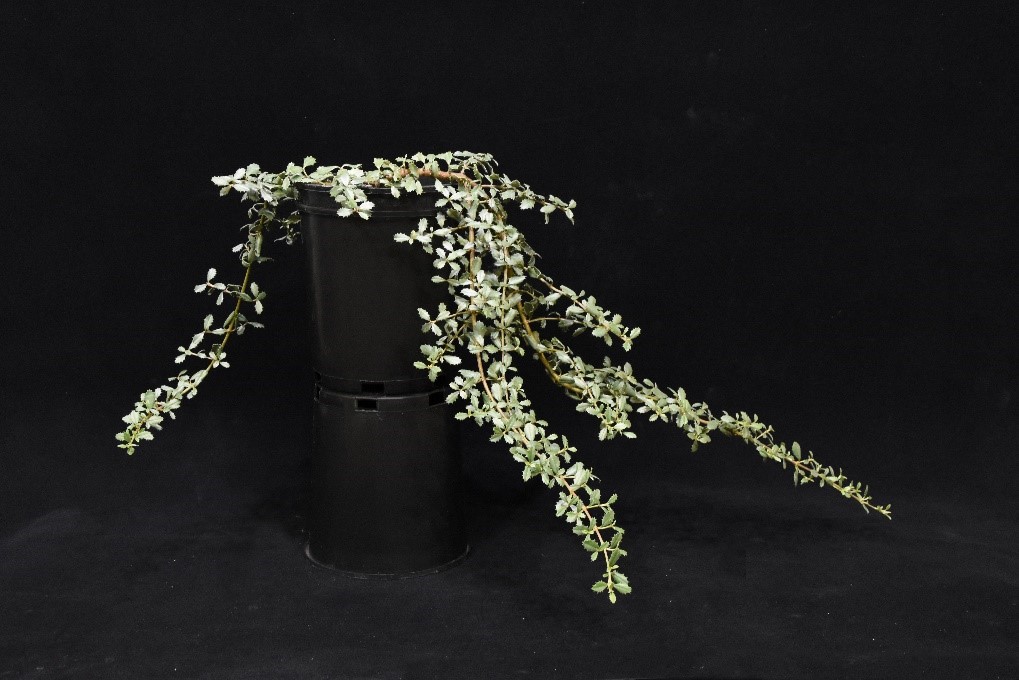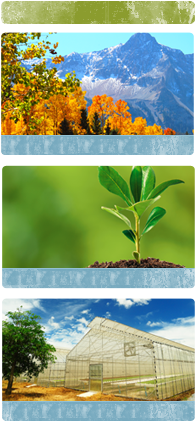Prostrate ceanothus in the Landscape

Larry A. Rupp, Utah State University
Scientfic Name: Ceanothus prostratusCommon Name: Prostrate ceanothus, pinemat, mahala mat
Description: Prostrate ceanothus is a woody, evergreen groundcover and a member of the Rhamnaceae or buckthorn family. It is well adapted to cool climates and is tolerant to more severe cold if protected by a layer of snow during the winter. It is a great plant for dry shade or partial shade areas where it is also protected from excessive heat and wind. It forms a mat very close to the ground and is rarely more than a foot tall. The leaves are thick and oblong in shape and about one inch long and a half inch wide. The margins of the leaves are toothed, but not sharp as to be injurious. The stems are distinctly prostrate, thus giving rise to the common name. In addition, they will root themselves where they touch the ground. This ground cover flowers in late spring to early summer and has small clusters of lavender blossoms that are uniquely attractive. The seedpods are bright red. It is commonly found in round mats that are usually 8 feet in diameter or less. While common in some areas like the Lake Tahoe region, it is less common throughout other areas of the west and makes a very unique and tidy groundcover that is much finer in texture than the typical evergreen vines that are often used. It is drought tolerant and attracts pollinators. It is also a nitrogen-fixing plant.
Native Habitat: Native along the west coast and into Idaho and Nevada. It occurs on well-drained soils and thrives in the acidic, granitic soils of the Sierra Nevada Mountains. It is commonly found as an understory beneath Douglas-fir, Jeffery pine, and ponderosa pine. It can be found in a wide range of altitudes and precipitation zones and does best if protected by winter snow at higher elevations.
Cultural Requirement
Soil: Not well defined, but seems to do best in porous, well-drained soils with a pH of 5-7.
Moisture Tolerance: It is a low water requirement.
Sun/Shade/Preference: Best with partial shade, especially during the heat of the summer, but can also handle full sun.
Transplanting: Easy to grow in containers and to transplant.
Propagation: Can be propagated by seed, but requires a hot water scarification treatment followed by 2-3 months of cold, moist stratification. Can be propagated easily by cuttings or by layering. Easy to grow in a standard greenhouse environment (65/60F D/N temperatures with long days) in a 2:1 perlite:peat soilless media using small (2x 2 x 3 inch) containers. It can be easily potted up to 1-gallon size for nursery marketing. It is a fairly rapid grower and does well with a constant liquid fertilizer feed of about 100-ppm nitrogen. It will bloom in the pot after chilling, but the flowers are probably not showy enough to be a major marketing point.
Maintenance (pruning, fertilization, deadheading, division, irrigation, etc): No real demands for heavy maintenance. It has a reputation for being difficult to grow, but once growing very little is required to maintain it. Irrigation should be approximately once or twice a month. Easily pruned as needed for restricting spread, but not necessary. The flowers are inconspicuous enough that they do not need to be deadheaded.
Insect, disease, or other problems: Few if any insect problems. Some nursery mortality may be due to root rots.
Landscape Value
Use in the Landscape: A good option for dry shade especially under conifer canopies. Probably best in soils that are not compacted and have good drainage.
Weediness/Invasive Potential: While it will root itself as it spreads, it is not weedy or invasive.
Foliage: The foliage is leathery with a shiny green/gray color. Leaves are opposite in arrangement, oblong, and about one-inch long. The margins are distinctly toothed.
Flower: Flowers are in clusters and form in the spring. They are a very light lavender in color, though there can be variations in the range and depth of color.
Timing: Late spring to early summer (April-June in California).
Fruit: Seedpods are lobed capsules about 3/8 inch long and can be bright red in color.
Form: A sharply defined prostrate mat.
Texture: The visual texture is fine due to the small leaves and the prostrate, spreading stems.
Ultimate Size: Typically 4-8 inches in height and up to 8 feet in diameter.
Rate of Growth: For a native woody plant, it grows quite rapidly from cuttings. Should flower in the first season following winter chilling.
Suggested Plant Partners: It is so low growing that it would be easy to cover it with other plants. Best as a partial shade groundcover under conifers or other trees.
Availability: Commonly available along the west coast. Not common in the Great Basin or Intermountain areas.
Cultivars: None
References:
- California Native Plant Society. Ceanothus prostratus. http://calscape.org/Ceanothus-prostratus-() Retrieved 12 January 2018.
- Flora of North America. Ceanothus prostratus. Vol. 12. Retrieved 12 January 2018.
- Calflora Taxon Report. Ceanothus prostratus. https://www.calflora.org/cgi-bin/species_query.cgi?where-calrecnum=1822 Retrieved 12 January 2018.
- iNaturalist. Mahala mat (Ceanothus prostratus). https://www.inaturalist.org/taxa/76192-Ceanothus-prostratus#Description Retrieved 12 January 2018.

